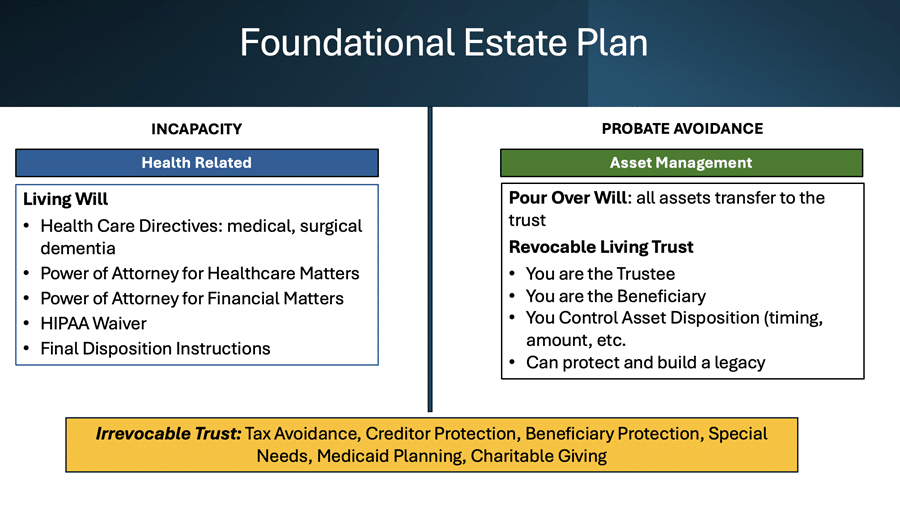Customer Retention: Building Loyalty for Long-Term Success

In today’s competitive business landscape, acquiring new customers is often a primary focus. However, the proper foundation of long-term success lies in customer retention—building loyalty that keeps customers returning. Retaining existing customers is more cost-effective than acquiring new ones, and loyal customers are more likely to become brand advocates, driving word-of-mouth referrals. This blog will explore the importance of customer retention, strategies to build loyalty, and how to measure the success of your retention efforts.
The Importance of Customer Retention
Customer retention refers to the ability of a company to keep its customers over a period of time. It’s a crucial aspect of business strategy for several reasons:
1. Cost Efficiency
Acquiring new customers is significantly more expensive than retaining existing ones. Research shows that acquiring a new customer can cost five times more than retaining an existing one. The costs associated with marketing, promotions, and onboarding new customers can quickly add up, making it more cost-effective to focus on keeping your customers. This financial savvy and strategic approach can significantly impact your business’s bottom line.
2. Increased Customer Lifetime Value (CLV)
Customer Lifetime Value (CLV) is the total revenue a business can expect from a single customer throughout their relationship. Retaining customers for longer periods increases their CLV, meaning each customer contributes more to the company’s revenue over time. Loyal customers spend more, purchase more frequently, and are less price-sensitive than new customers. This should make you feel optimistic about the potential growth of your business.
3. Word-of-Mouth Referrals
Loyal customers are more likely to recommend your brand to others. Word-of-mouth referrals are precious because they come with a built-in trust factor. When a satisfied customer recommends your product or service, it’s more convincing than any marketing campaign. This organic promotion can lead to new customer acquisition without the high costs associated with traditional marketing efforts. It’s a testament to the power of your customers’ influence.
4. Brand Advocacy
Customers who strongly connect to your brand are likelier to become advocates. Brand advocates continue to purchase from you and actively promote your brand through reviews, testimonials, and social media. This advocacy can create a positive feedback loop, attracting loyal customers and strengthening your brand’s reputation.
Strategies for Building Customer Loyalty
Building customer loyalty requires a deep understanding of your customer’s needs and preferences and consistent effort to exceed their expectations. Here are key strategies to foster customer loyalty and enhance retention:
1. Provide Exceptional Customer Service
Customer service is a critical touchpoint in the customer journey. It’s often the make-or-break factor in whether a customer stays loyal to your brand. Exceptional customer service involves:
- Responsiveness: Ensure your customer service team is accessible and responds promptly to inquiries or issues. Timely communication shows customers that you value their time, whether through phone, email, chat, or social media.
- Empathy: Train your customer service representatives to handle situations with empathy. Understanding and addressing the customer’s concerns from their perspective can turn a negative experience into a positive one.
- Consistency: Provide consistent service across all channels. Customers should receive the same high level of service whether they contact you online, over the phone, or in person.
2. Personalize the Customer Experience
Personalization is the critical key to making customers feel valued and understood. Use customer data to tailor interactions, offers, and communications. Personalization can take many forms:
- Customized Offers: Offer discounts or promotions based on a customer’s previous purchases or browsing history. For example, a clothing retailer could send a personalized email offering a discount on a product similar to one the customer recently viewed or purchased.
- Tailored Content: Provide relevant content that fits the customer’s interests and preferences. This could be personalized product recommendations, targeted emails, or content on your website that aligns with their past behavior.
- Loyalty Programs: Implement a loyalty program that rewards customers for their repeat business. This could include purchase point sales, exclusive discounts, or early access to new products. Make sure the rewards are meaningful and aligned with the customers’ interests.
3. Engage with Customers Beyond Transactions
Building loyalty goes beyond just selling products or services. Engage with your customers in ways that strengthen the relationship:
- Social Media Interaction: Use social media platforms to connect with your custom personal audience. Respond to comments, share user-generated content, and participate in conversations that matter to your audience.
- Community Building: Create a community around your brand where customers can interact with each other. This could be through online forums, social media groups, or in-person events. A sense of community fosters a deeper connection to your brand.
- Content Engagement: Provide valuable content that educates, entertains, or inspires your audience. This could include blogs, videos, webinars, or newsletters. Content that resonates with your customers keeps them engaged with your brand even when they’re not making a purchase.
4. Deliver Consistent Value
Customers are likelier to stay loyal to a brand that consistently delivers value. This value can come in many forms:
- Product Quality: Ensure your products or services meet or exceed customer expectations. High-quality products that solve problems or fulfill needs are crucial to retaining customers.
- Innovative Offerings: Continuously innovate and improve your offerings. Whether it’s new product features, enhanced services, or additional resources, showing that you always strive to add value will keep customers returning.
- Customer Education: Offer resources that help customers get the most out of your products or services. This could include how-to guides, tutorials, or customer support that goes beyond the basics. Educated customers are likelier to see the value in what you offer and remain loyal.
5. Collect and Act on Customer Feedback
Customer feedback is a goldmine of insights that can help you improve your products, services, and customer experience. Actively seek out feedback through surveys, reviews, and direct communication. More importantly, act on that feedback:
- Implement Changes: If multiple customers suggest a change or improvement, consider implementing it. Showing customers you listen and take their feedback seriously builds trust and loyalty.
- Close the Loop: When you make changes based on customer feedback, let them know. This reinforces the idea that you value their input and are committed to improving their experience. This means that you should inform your customers about the changes you’ve made based on their feedback. For instance, if a customer suggests a new feature for your product and you implement it, let them know that their suggestion was heard and acted upon.
6. Reward Loyalty
Recognizing and rewarding loyal customers is an effective way to encourage repeat business. Consider the following approaches:
- Loyalty Programs: Offer rewards for repeat purchases, referrals, or social media engagement. Ensure the rewards are desirable and attainable, encouraging customers to continue their relationship with your brand.
- Exclusive Access: Provide loyal customers early access to new products, sales, or events. Exclusivity makes customers feel unique and valued.
- Anniversary or Milestone Rewards: Celebrate customer milestones, such as anniversaries or reaching a certain number of purchases, with special rewards or personalized messages.
Measuring Customer Retention and Loyalty
Measuring key metrics that indicate loyalty and engagement is essential to ensure your customer retention strategies are effective. Here are crucial metrics to track:
- Customer Retention Rate (CRR): This metric measures the percentage of customers who continue to do business with you over a given period. A high retention rate indicates strong customer loyalty.
- Customer Lifetime Value (CLV): CLV helps you understand the total value a customer brings to your business over time. Increasing CLV should be a primary goal of your retention efforts.
- Net Promoter Score (NPS): NPS measures customer satisfaction and loyalty by asking customers how likely they are to recommend your brand to others. A high NPS suggests your customers are loyal and likely to advocate for your brand.
- Repeat Purchase Rate: This metric tracks the percentage of customers who make multiple purchases. A higher repeat purchase rate indicates strong customer loyalty.
- Churn Rate: The churn rate measures the percentage of customers who stop doing business with you during a specific period. Reducing churn is crucial for improving customer retention.
We’re Here To Help
Customer retention is a cornerstone of long-term business success. You can create lasting customer relationships by building loyalty through exceptional service, personalized experiences, and consistent value. Engaging with customers beyond transactions, collecting and acting on feedback, and rewarding loyalty are all essential strategies for retaining customers and fostering brand advocacy.
In a world where customer acquisition costs are rising and fierce competition, businesses prioritizing customer retention will survive and thrive. You can ensure that your retention strategies drive long-term growth and success by measuring the right metrics and continuously refining their approach. Building customer loyalty is an ongoing process, but the rewards—higher profits, increased customer lifetime value, and a strong brand reputation—are worth the effort.
We’re here to serve as your trusted advisor during this process. Schedule a complimentary call to learn more!
Contact us today to get started.
This article is a service of Life & Legacy Law. We don’t just draft documents; we ensure you make informed and empowered decisions about life and death, for yourself and the people you love.

